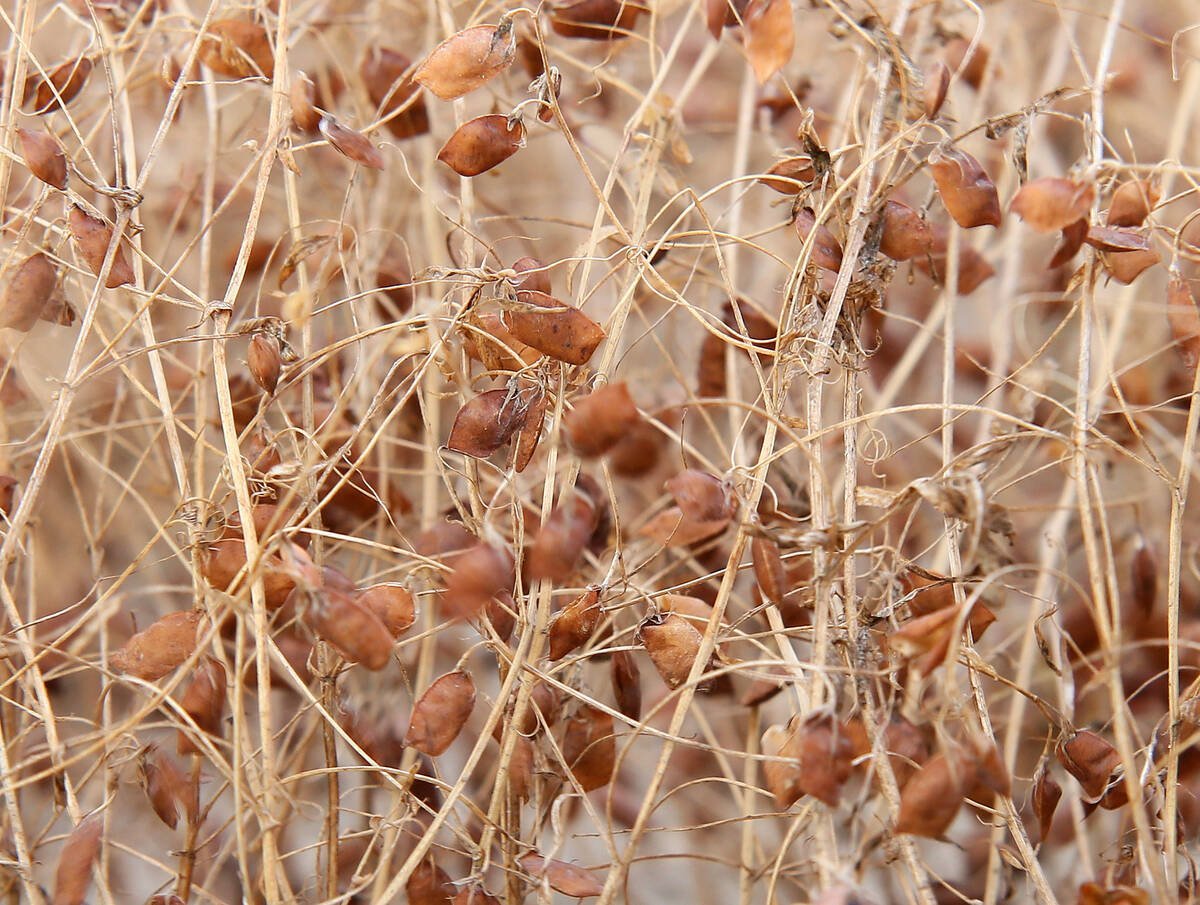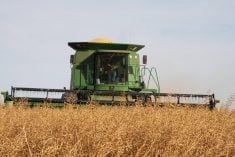SASKATOON – Hang on to your seat. Commodity markets may be in for a wild ride this summer now that small flax and canola crops have been confirmed.
“We are in for some very volatile markets unless we get excellent growing conditions from here on,” said Steve Bloss of Pool Commodity Trading Services in Winnipeg.
“But every trader knows they try to put in a couple of good rallies in the summer and I think we are into some wild price swings yet.”
Statistics Canada released its June seeding survey June 28 showing grains acreage hanging firm and oilseeds slipping.
Read Also

Europe holds promise for Canadian lentils
Pulse Canada is trying to help boost lentil consumption in Europe, which is already the fourth largest market.
When the survey was done in late May and early June, western farmers said they would seed 9.1 million acres of canola, down 30 percent from last year.
Flax is also down almost a third from last year, with Statistics Canada putting the area at 1.53-million acres.
“Seeding conditions were very poor and a lot of stuff got mucked in, so they decided to plant wheat and barley because the high relative price and concerns over putting canola in late,” said Rob Dzisiak of Linnco Futures Group in Winnipeg.
“Farmers said (grains) would provide the best return and lowest risk and lowest input costs.”
The spring wheat estimate is for 25.7 million acres, a slight increase over the March report. Barley is also up slightly over March to 12.4 million acres. Both are up more than 15 percent over last year’s crop.
Mike Jubinville, of United Grain Growers in Winnipeg, said the big barley crop has the greatest potential for weaker prices in 1996-97. The U.S. Department of Agriculture forecasts a very large corn crop which could weigh heavily on the feed market. Also, frost or harvest problems in spring wheat leading to strong feed wheat supplies would hurt barley, he said.
Jubinville was surprised by the flax number of 1.53 million, which is down 130,000 acres from the March survey.
“The trade is quite skeptical of that number.” he said, noting there was still a sizable area to be seeded after the survey was completed June 5.
“But if it turns out to be true, I’d turn big time bullish flaxseed,” he said, noting the trade expected about 1.8 million acres.
Flax could top nine dollars a bushel, he said.
The survey, which put canola acreage about 400,000 acres below the grain trade, should support prices, he said, adding the price could top $10 a bushel.
Given that rapeseed production is down around the world and the Canadian crop is late, Dzisiak agreed there is a good chance of a rally.
Oats acreage numbers, which edged up to 4.79 million, also surprised traders.
That’s a 36 percent increase over last year, but the outlook is not too bad for those who didn’t lock in at last spring’s attractive prices.
“We’ve got the lowest acreage in history in the U.S. and the biggest in Canada so we will see a lot of exports south as they offset their production shortfall,” Dzisiak said.
The U.S. corn crop will determine the general price direction for all feed grains, including oats.
“The pollination period in late July will be critical.”














